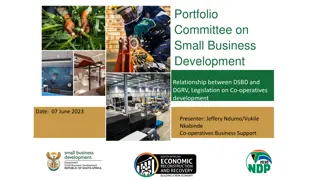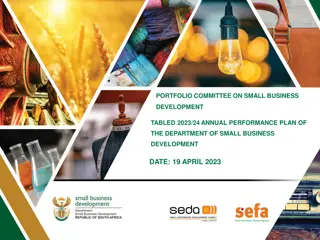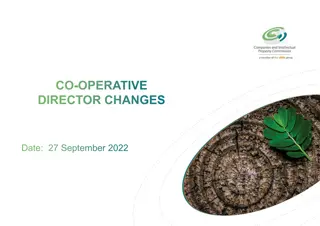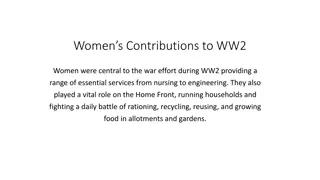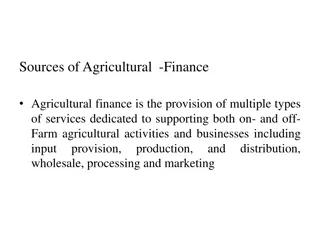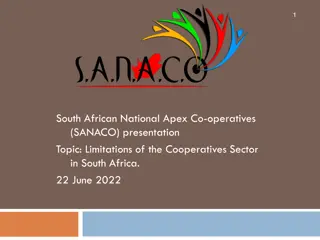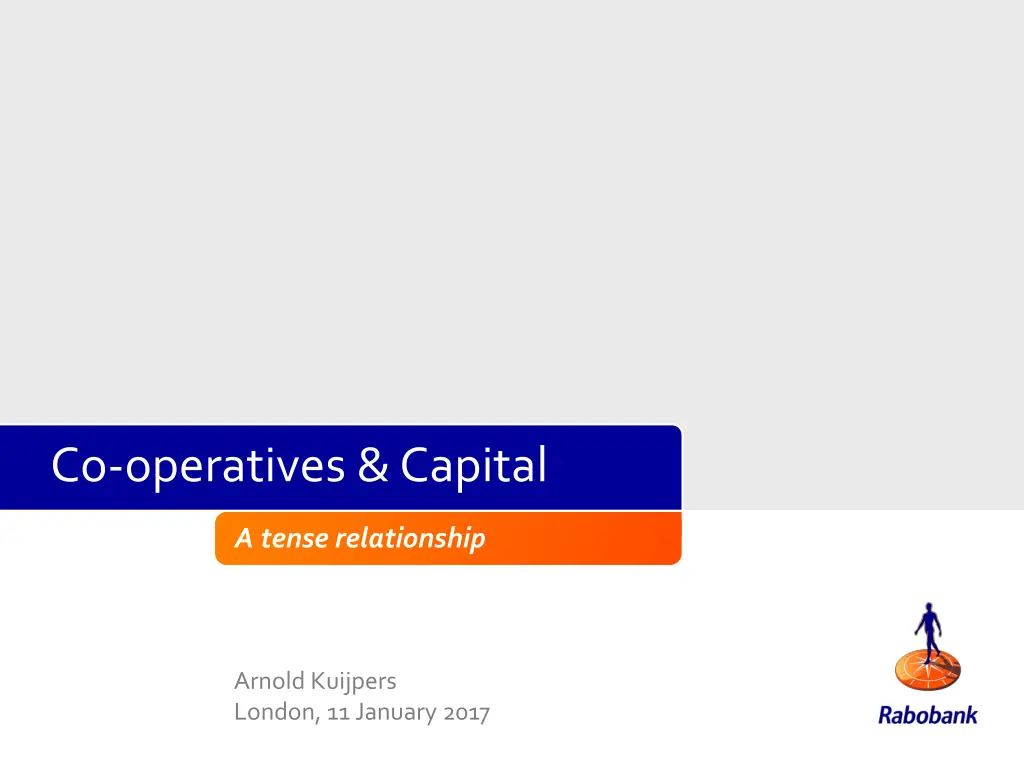
Co-operatives and Capital: A Complex Relationship
Discover the intricate dynamics between co-operatives and capital, exploring the challenges faced in balancing financial needs with member control. Learn about raising capital in co-operatives, the role of third parties, and insights from Rabobank's experiences. Delve into the tension between economic laws and co-operative principles.
Download Presentation

Please find below an Image/Link to download the presentation.
The content on the website is provided AS IS for your information and personal use only. It may not be sold, licensed, or shared on other websites without obtaining consent from the author. If you encounter any issues during the download, it is possible that the publisher has removed the file from their server.
You are allowed to download the files provided on this website for personal or commercial use, subject to the condition that they are used lawfully. All files are the property of their respective owners.
The content on the website is provided AS IS for your information and personal use only. It may not be sold, licensed, or shared on other websites without obtaining consent from the author.
E N D
Presentation Transcript
Co-operatives & Capital A tense relationship Arnold Kuijpers London, 11 January 2017
Destiny of a co-operative In a way, co-operatives have been established to remedy market imperfections for individuals and SMEs (to create an alternative), but they cannot ignore the economic laws in todays live. 2
Capital need comes with success More capital intensive production methods (technology) and larger scales of operations, leading to lower costs per unit, are neccesary to service the members In practice, more capital is needed, than members can or are willing to invest 3
There is abundant capital but because of the inherent risk of it, the norm is that the provider needs some degree of control over the business In a co-operative control is a prerogative of the members (one member one vote) That s why the C-C relationship is tense 4
Ways of raising capital Capital from members (next to shares) Retaining profits instead of distribution Instruments, non-voting and marketable Capital from other cooperatives, respecting existing governance Capital from third parties, without voting rights with minority voting rights no limitation to voting rights 5
Capital from third parties Fixed coupon No pressure to maximise profit Risk of yield for capital providers will be eating into profitability co-operative (ROaddC < COaddC) Profit sharing No eating into profitability (and future capital) Pressure on profit maximising 6
Rabobank experiences (I) No member shares, but member liability (in the past), retained profits constitutes reserves Additional capital over regulatory capital is needed for debt funding on professional markets International expansion and All Finance in the 80 s made capital a scarce resource 7
Rabobank experiences (II) Member certificates ( 6 billion) Qualifies for CET1 Non voting Internal market Coupon, no profit sharing Dutch conduct authorities restricted private investments; now Rabobank certificates are listed 8
Rabobank experiences (III) Certificates limited relative to total capital: Supervisory limitations Too low profitability (RoC), coupon payment (CoC) eating into bank s capital base Regulatory uncertainty; if the certificates do not qualify for CET1 in the future, it is very expensive funding Distress in financial markets; members and customers not protected, but maybe bailed-out 9
Concluding remark Co-operative capital from third parties is possible, but it comes with risks, costs and hassle One has to be very sure about the necessity and financial consequences Are there (smart) alternatives? 10

